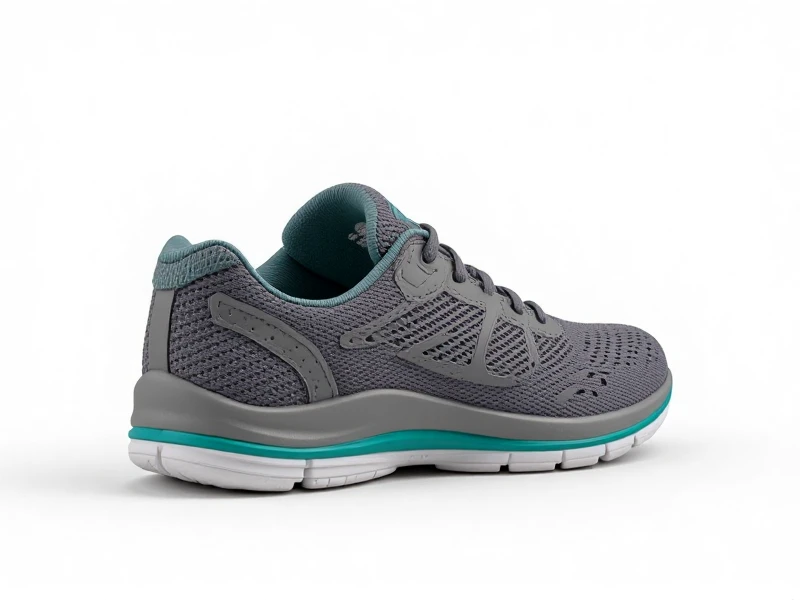Why Training Shoes Are Essential for Every Workout

****
Choosing the right footwear isn't just about style; it's foundational to performance and safety in fitness. While tempting to grab any sneaker, training shoes are uniquely designed for the dynamic, multi-directional demands of gym sessions, HIIT classes, and strength training routines. Unlike specialized running shoes built primarily for forward motion, training shoes provide essential support and stability across a wider range of movements.
Running shoes excel at absorbing the repetitive, heel-to-toe impact of jogging. Their thick, cushioned soles promote smooth forward rolling. However, when you switch to exercises needing lateral cuts, quick pivots, jumps, or heavy lifts, that same soft cushion can become unstable. It lacks the lateral (side-to-side) support needed for agility drills or court sports, and the elevated heel common in running shoes can compromise balance during squats or deadlifts, potentially straining your joints.
This is where dedicated training shoes shine. Their core features directly address gym demands:
- Enhanced Stability: A flatter, wider sole base offers superior ground contact and balance during weightlifting or plyometrics.
- Multi-Directional Support: Sturdier construction and reinforced sides lock the foot down during lateral movements, protecting ankles.
- Durable, Flexible Outsoles: Prioritize grip across gym floors and versatile movement patterns over just forward cushioning. The rubber is often more durable, handling friction from burpees or sled pushes.
- Secure Fit: Designed for quick stops and changes of direction, offering a snug, secure fit without bulky cushioning.
Wearing true training shoes translates directly to better performance and injury prevention. You'll experience more confidence pushing weights thanks to the stable platform. Cutting across the turf or jumping rope will feel firmer and more controlled. Your feet and ankles receive tailored support exactly where needed during complex gym drills.
Choosing Your Perfect Pair:
Consider your most frequent activities. Do you heavily lift? Prioritize maximum stability and a flatter sole. Focus on HIIT or agility work? Look for excellent lateral support and responsive cushioning. Understanding your foot arch type is also crucial for finding the ideal fit and support structure. Don't solely rely on your running shoe size – trying them on with the socks you typically train in is key.
Investing in quality training shoes is investing in your fitness results and long-term joint health. They provide the optimized foundation your body relies on to safely execute diverse movements, push boundaries, and ultimately conquer your workout goals. Treat your feet right – gear them specifically for the dynamic challenges of training. Your performance and body will thank you.